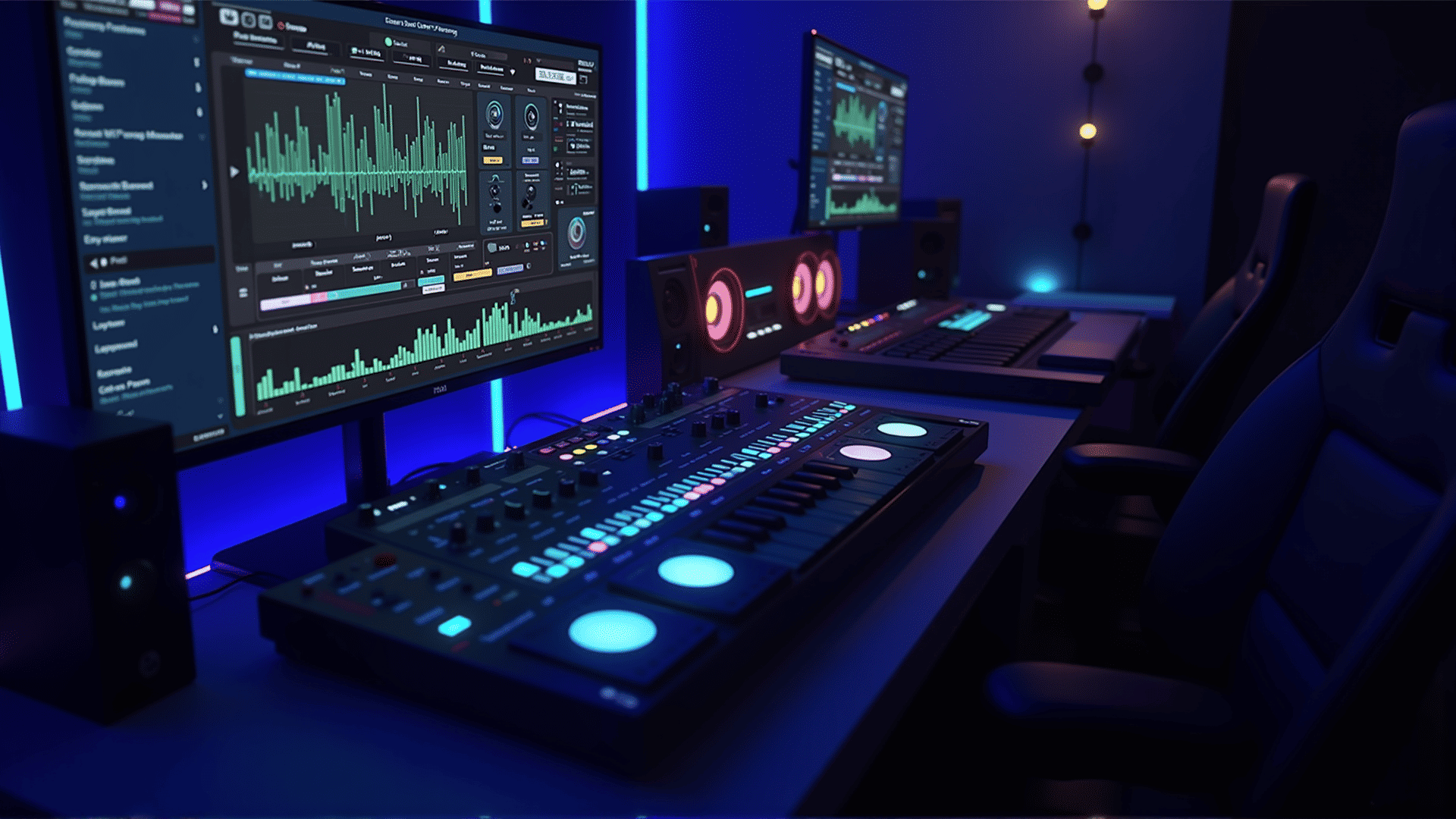Sound acceleration is at the forefront of modern audio production, providing producers and audio engineers with the tools necessary to enhance and refine their soundscapes. As technology advances, understanding and implementing these techniques becomes crucial for achieving superior sound quality. This guide delves into key sound acceleration methods and their applications within Afterburner's diverse range of plugins designed to optimize audio output.
At its core, sound acceleration involves optimizing processing techniques to enhance audio performance, speed, and quality. This optimization is particularly important in today's digital audio workstations (DAWs), where complex compositions and numerous audio tracks demand efficient processing power to avoid latency and achieve seamless playback.
Afterburner's plugins are crafted specifically to enhance these processing capabilities, offering users the ability to achieve high-quality results with less strain on their systems. One of the fundamental aspects of sound acceleration is audio processing optimization. This involves tweaking and streamlining the way audio data is managed and manipulated, allowing for faster, more efficient performance.
One essential technique involves optimizing buffer sizes within audio software to ensure smooth processing. By fine-tuning the buffer settings, users can reduce latency, allowing real-time audio manipulation without delays or glitches. This technique is particularly useful in live music production and recording settings, where timing is critical.
Afterburner's plugins also leverage advanced sound acceleration algorithms designed to minimize computational load while maximizing output quality. By intelligently managing audio resources, these plugins allow for higher track counts and utilization of more complex effects without compromising system performance.
Further enhancing audio performance, Afterburner's suite incorporates advanced signal processing techniques. These methods enable users to process audio at higher resolutions and sample rates, resulting in clearer, more detailed sound. By employing state-of-the-art filtering and equalization algorithms, users can achieve a polished and professional sound that stands out in any mix.
In context, managing effective sound acceleration also involves taking advantage of multi-core processing capabilities within your system. Afterburner's plugins are designed to distribute audio tasks efficiently across multiple cores, ensuring that each processor works simultaneously to handle different aspects of audio processing. This multi-threaded approach enhances overall performance, allowing for complex audio tasks to be executed efficiently.
Moreover, Afterburner places emphasis on user-friendly interfaces, making advanced sound acceleration techniques accessible even to those new to audio production. With intuitive controls and presets, users can quickly apply sound acceleration methodologies without delving into complex processes, allowing for a seamless integration into any production workflow.
In conclusion, understanding and implementing sound acceleration techniques is vital for anyone involved in audio production. Through optimizing buffer sizes, utilizing advanced signal processing algorithms, and leveraging multi-core processing, Afterburner's plugins offer a practical solution for achieving superior audio quality. Whether you are a seasoned professional or a beginner in the field, embracing these techniques can lead to a more efficient and high-quality audio production experience.
